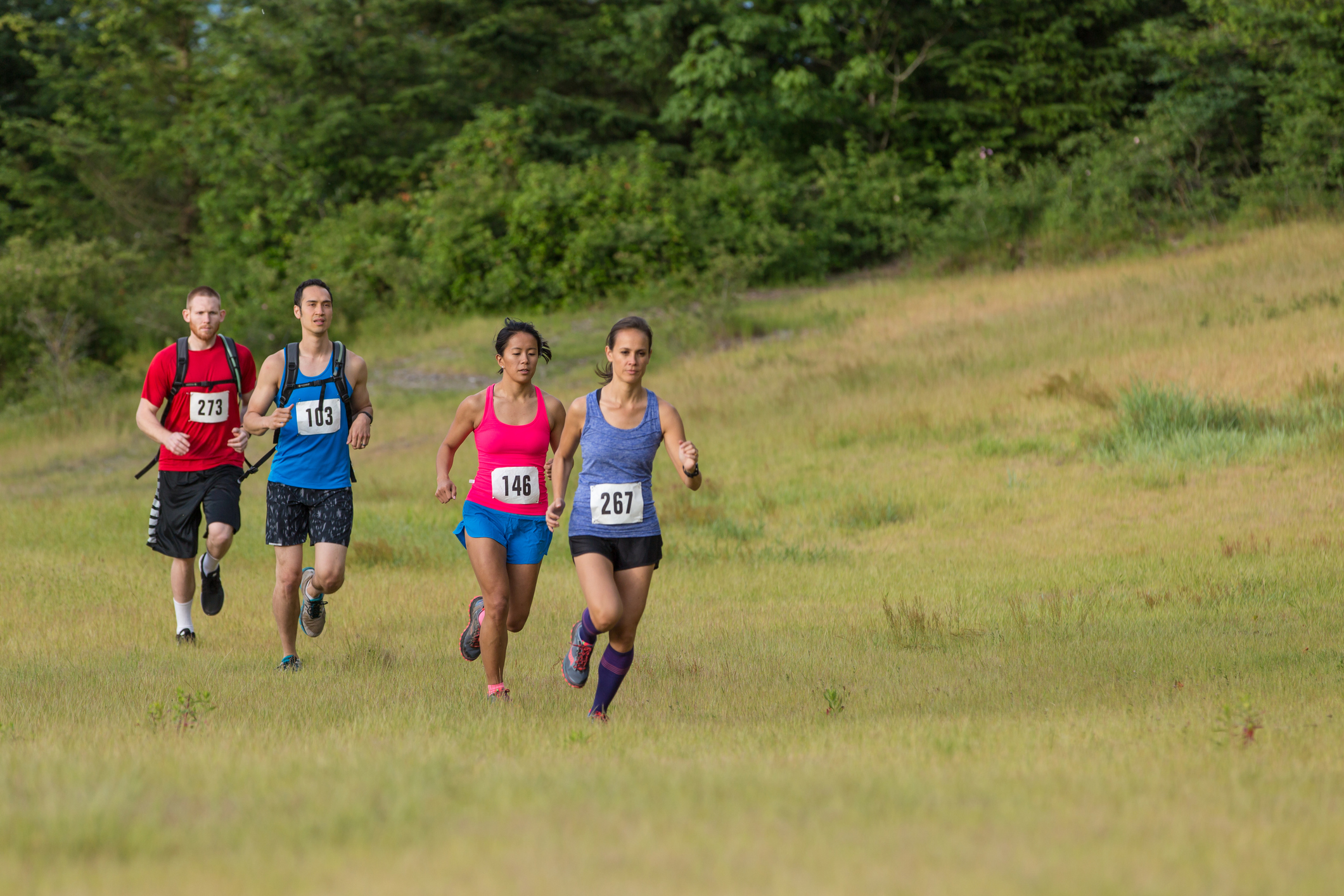Running is a popular form of exercise due to its health benefits and low economic cost; however, the prevalence of running-related injuries is on the rise. With most running injuries classified as overuse injuries due to excessive, repetitive loading, clinicians and researchers are looking to develop measures of this loading to assess a runner’s injury risk. One loading measure that is widely used due to its simplicity and ease of collection is loading rate. Loading rate is a measure of the change in the vertical force acting through a runner’s foot shortly after it comes in contact with the ground. Previous research findings are split on the effectiveness of loading rate as a measure of running injury risk. Some studies have found a relationship between high loading rate and injury, particularly bony stress fractures, while others have not. These inconsistent findings may be related to the varying methods used to calculate loading rate, as well as data collections occurring at different running speeds.
Our study of 139 male and female Division I NCAA cross-country athletes is presented in the August 2022 issue of Medicine & Science in Sports & Exercise®. We collected healthy, pre-season running mechanics and determined that loading rate values differ based on the calculation method used and the running speed of the collected data. We then monitored athletes for injury throughout the season and recorded 64 lower body injuries (e.g., muscle strains, tendinopathy) and 20 bony stress fractures. By comparing healthy, pre-season running mechanics of runners who remained healthy to runners who went on to sustain an injury, we determined that loading rate is not a significant predictor of in-season running injury, regardless of the method used to calculate loading rate.
Finding no relationship between loading rate during healthy running and subsequent injury indicates that loading rate is not an appropriate measure of running-injury risk. As loading rate is a simplified measure of the complex loading patterns experienced internally by the body during running, it is not surprising that a single force acting on the foot does not predict running injury. It is also important to remember that there are many factors (training volume, genetics, nutrition, running posture, etc.) contributing to a running injury, and a single biomechanical measure is unlikely to account for all these factors.
Clinically, loading rate-injury thresholds have been used to evaluate a runner’s injury risk. However, these thresholds should be used with caution as we found that they can only be compared to loading rate values calculated using the same calculation method and collected at the same running speed. More importantly, because we did not find an association between loading rate and injury, regardless of the calculation method used, using loading rate thresholds to predict injury could lead to inappropriate clinical decision-making and unnecessary treatment. It is therefore time to move past using loading rate as a predictor of running injury; we should instead focus our time and energy exploring alternative running measures and appreciating the complexity of running injuries by not limiting ourselves to a single biomechanical measure to predict injury.

Christa M. Wille, DPT, received a doctorate in physical therapy from the University of Wisconsin-Madison. She went on to complete the UW Health Sports Residency program and is now working to complete her Ph.D. in biomedical engineering. Her research focus is on better understanding how muscle-strain injuries alter muscle microstructure and the resulting effects on muscular function and performance in the elite, intercollegiate population. In addition, she is also working with intercollegiate runners to better understand how running mechanics may predispose an athlete to a running-related injury. Clinically, Dr. Wille specializes in treating endurance athletes, especially runners.

Elizabeth Schmida recently completed a master’s degree in biomedical engineering at the University of Wisconsin-Madison. Now a research engineer in Badger Athletic Performance and the Neuromuscular Biomechanics Lab at UW-Madison, her work focuses on musculoskeletal modeling, particularly as it relates to running biomechanics. Her interests include running-gait mechanics and their association with running-related injury and wearable technology for human health and performance monitoring.
Viewpoints presented in SMB commentaries reflect opinions of the authors and do not necessarily represent ACSM positions or policies. Active Voice authors who have received financial or other considerations from a commercial entity associated with their topic must disclose such relationships at the time they accept an invitation to write for SMB.




